
FREE SHIPPING ON
ALL QUALIFYING ORDERS
Enter your email below to join our mailing list:
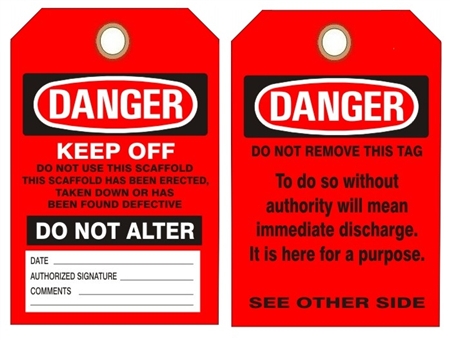
Know the rules of scaffolding safety and how to keep you and your employees safe.
Did you know that:
Have you identified the hazards? Scaffold safety training should begin with identification of the hazards. Common hazards include:
Is your training in line with OSHA requirements? OSHA says that each employee who works on a scaffold must be trained by a “qualified” person (i.e., someone who is knowledgeable about scaffold safety) to recognize hazards associated with the type of scaffold being used and understand the procedures necessary to control or minimize those hazards. Training should include:
In addition to these topics, employees who are involved in erecting, disassembling, moving, operating, repairing, maintaining, or inspecting scaffolds must be trained in:
And under OSHA regulations, retraining is required whenever:
Do they or don’t they? To make sure employees are safe when working on scaffolds, teach them these life-saving tips:
DO
DON’T
OSHA E-Tool at https://www.osha.gov/SLTC/etools/scaffolding/suspended/index.html covers several types of scaffolds and gives general requirements of each type and some non-mandatory guidelines that help with each type.
See also the safety scaffold checklist that you can use to help prevent scaffold accidents.
ScaffoldingSafetyChecklist-1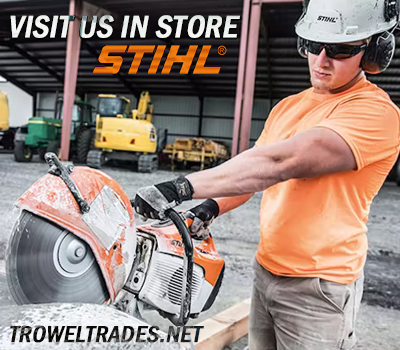

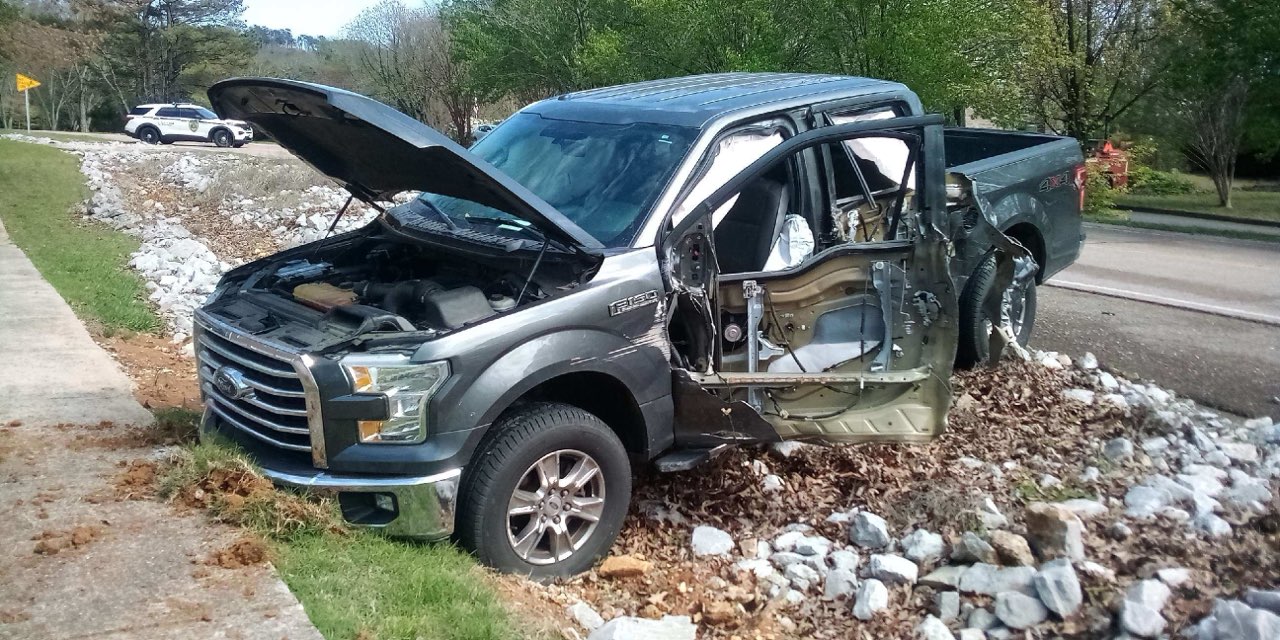
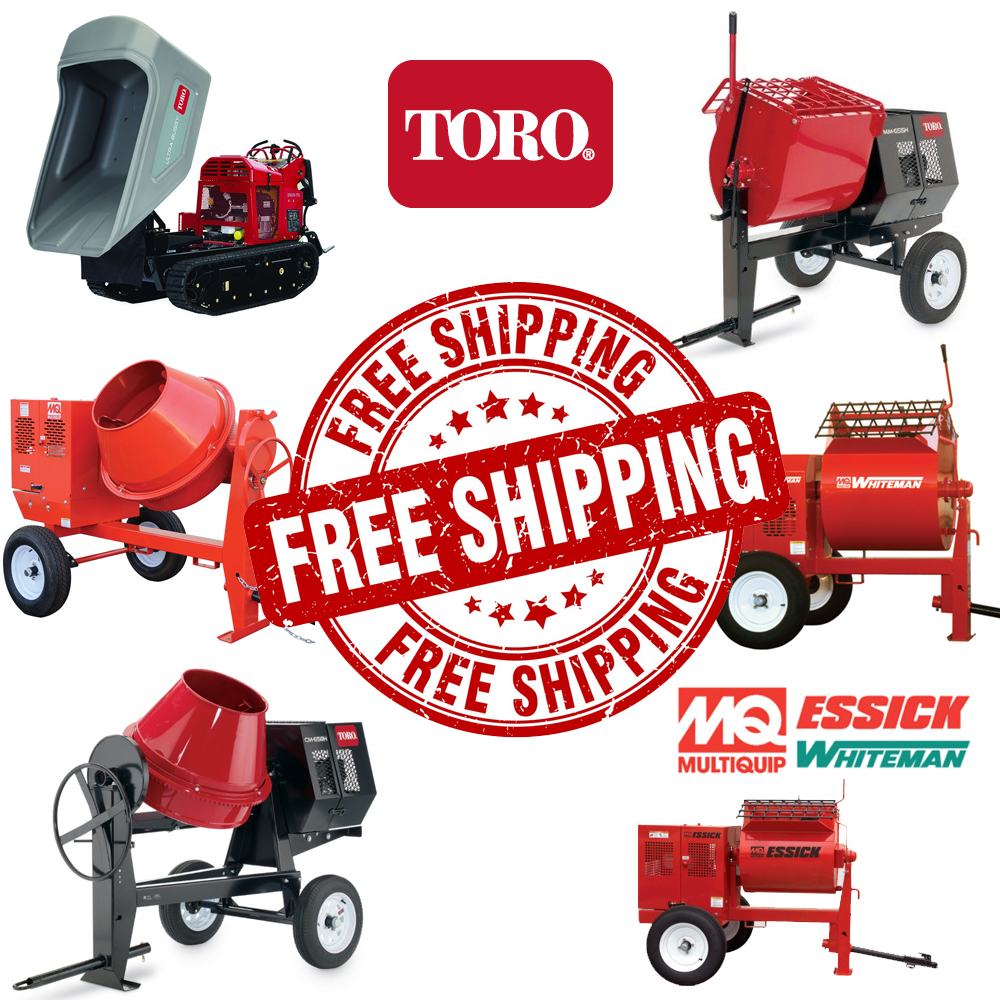
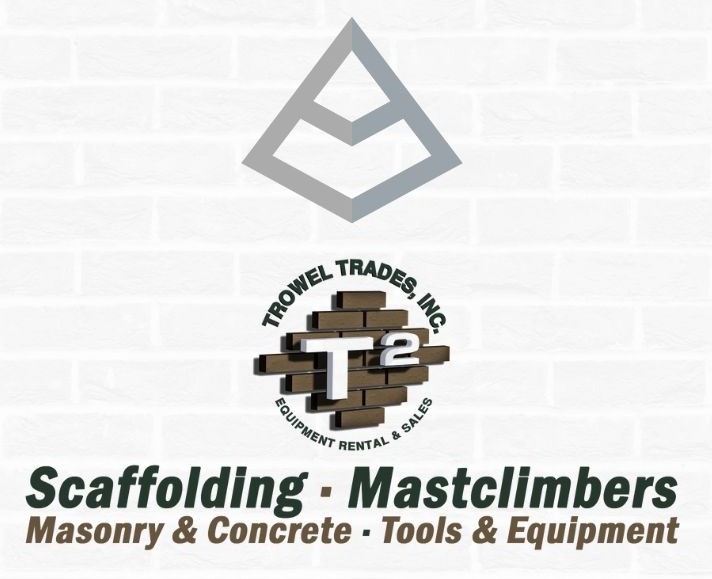
No spam, notifications only about products and updates.

Having dealt with MK Diamond Products and the Delahauts since the mid 1990’s it is sad to hear the news that they have closed their

I’ve told my wife and daughter to never follow a mortar mixer down the interstate. For over 30 years we have sold, rented, and repaired

This question is one of the most frequent mixer related questions our rental staff are asked. Our contractor customers know the importance of using the right tools for the job.

Trowel Trades, a company that specializes in equipment rental, tool retail, repair services, scaffolding and mast climber access solutions, enters the Silver Tier of the Masonry Alliance Program.
Your email was submitted successfully.
YOUR 10% OFF COUPON CODE IS WELCOME10.
See category exclusions below.
Category Exclusions:
Arbortech Brick and Mortar Saw, Compaction, Concrete Mixers, Concrete Walk Behind Saws, Drop Hammers, Grout Hogs, iQ Power Tools, Masonry Block Saws, Masonry Brick Saws, Mast Climbers, Mortar Mixers, Mud Buggy, Saws, Scaffold, Self Dumping Hoppers, Shoring, and Stihl